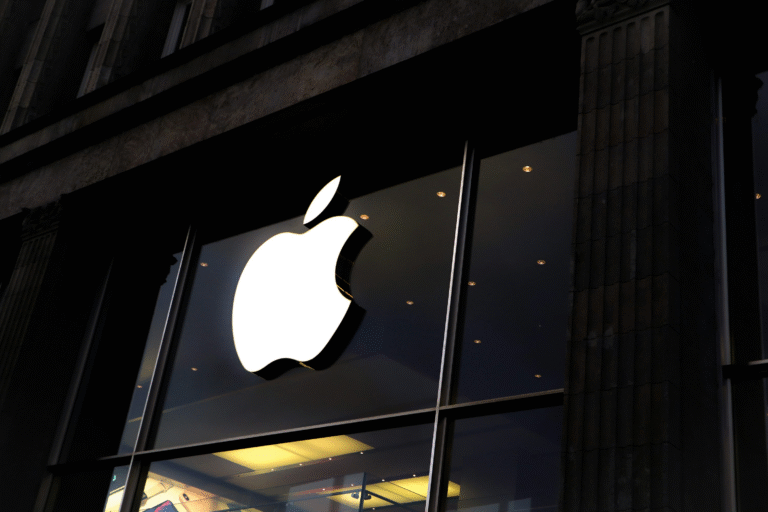
Warren Buffett’s investment in Coca-Cola has been remarkable. Stephen Wright believes investors can adopt a similar strategy to generate a second income.
A portfolio that generates a second income can be extremely valuable, providing extra cash to enhance one’s lifestyle or ensure a more comfortable retirement.
Many people assume investing requires a significant amount of money, but this is a misconception. Regularly investing in the stock market can be an effective way to earn substantial passive income.
Starting from Zero
While having initial savings can make investing easier, it’s possible to start from scratch. By investing a portion of a monthly salary into dividend-paying stocks, you can achieve significant results.
Investing £1,000 per month in stocks with a 5% dividend yield generates £325 in cash annually. Over 10 years, this results in an annual passive income of £3,250.
However, reinvesting these returns each year can accelerate growth. Over a decade, this approach can create a portfolio generating £7,120 annually—a meaningful second income. But how can you achieve a 5% annual return?
Warren Buffett’s Approach
One method is to seek out stocks with a 5% dividend yield. While effective, it’s not the only strategy.
Warren Buffett has succeeded by investing in companies with growth potential, such as Coca-Cola. In 1994, Buffett’s 400 million Coca-Cola shares generated $75 million in cash income. Today, this stake returns $732 million annually due to dividend increases.
Buffett’s strategy of investing in companies with growing earnings is instructive. To average 5% over a decade, a stock doesn’t need to have a 5% dividend yield now.
Where to Start?
If starting today, consider buying shares in BP (LSE: BP), a FTSE 100 oil major with a current dividend yield of 4.7%.
The transition to renewables poses the biggest challenge for BP. Although this transition might take longer than analysts expect, it presents a clear risk.
BP has made mistakes in its renewable investments, leading the market to underestimate its future cash flows. This misjudgment creates an opportunity.
With a new CEO and a focus on shareholder returns, BP appears to be on the right track. Future dividends could average 5% per year over the next decade.
Dividend Income
Shares in companies that distribute profits as dividends can provide a substantial income. You don’t need large savings to get started.
Achieving a 5% annual return and reinvesting dividends for 10 years can turn a £1,000 monthly investment into a second income of £7,120 annually. This goal is attainable.
Warren Buffett has recently been investing in Occidental Petroleum, a US oil company. However, BP also fits the criteria, and it’s the stock I would choose to start today.








